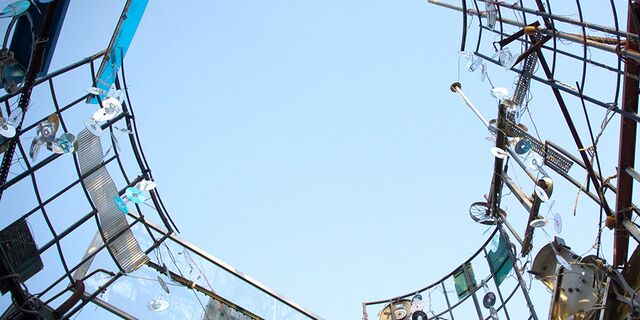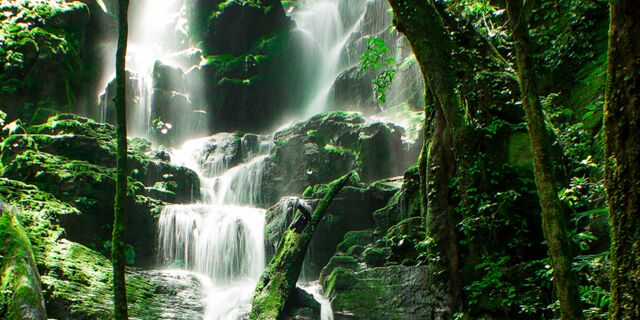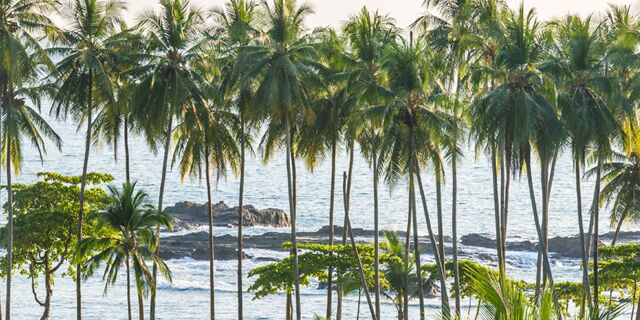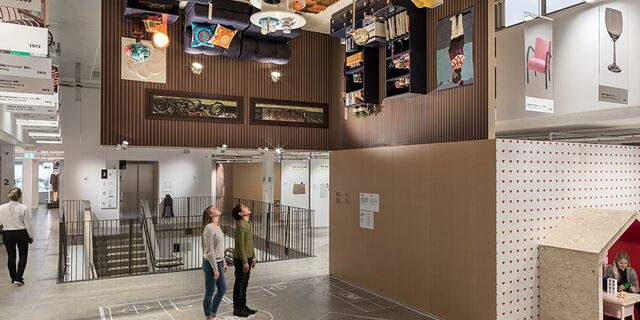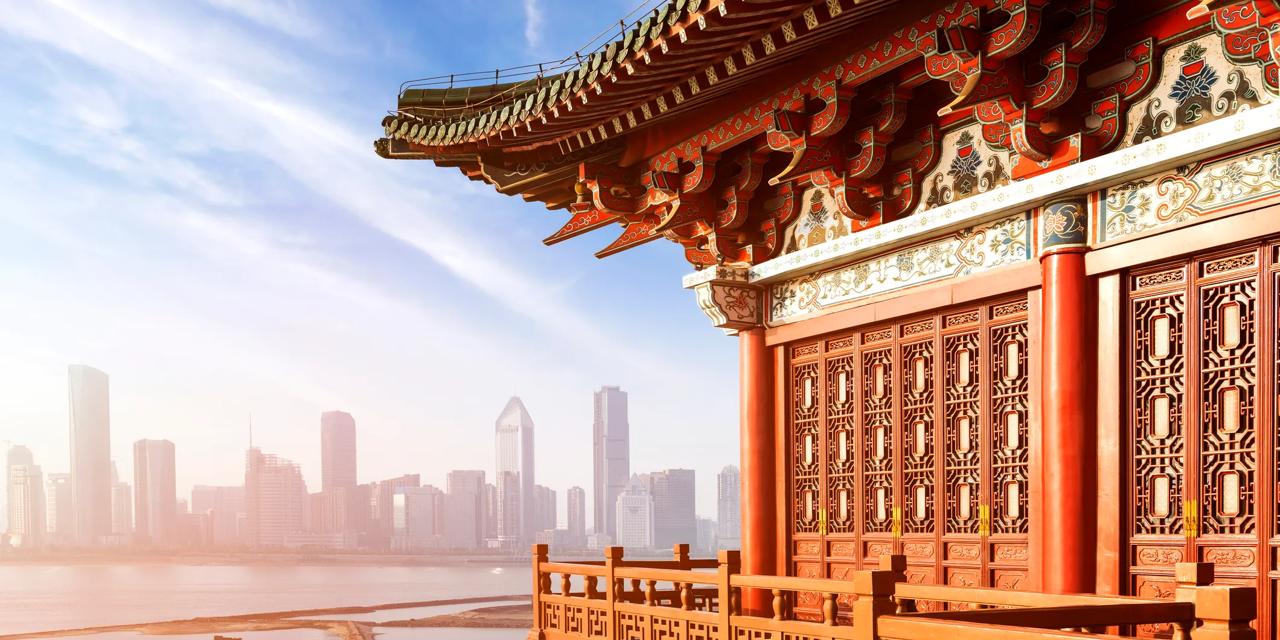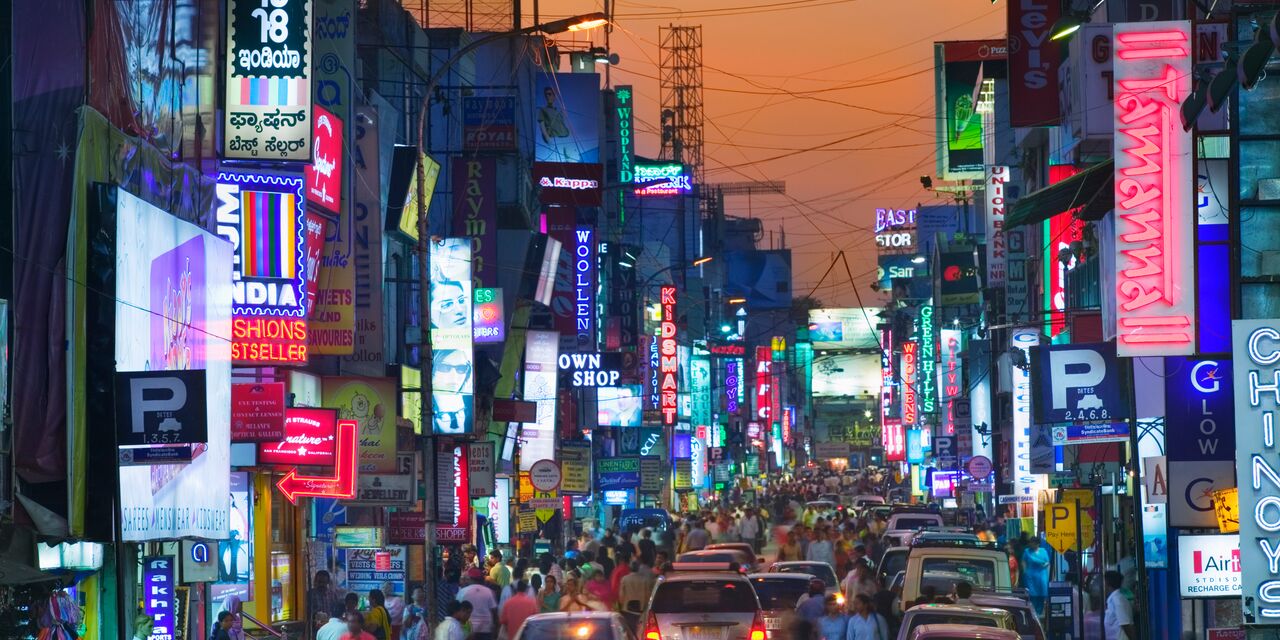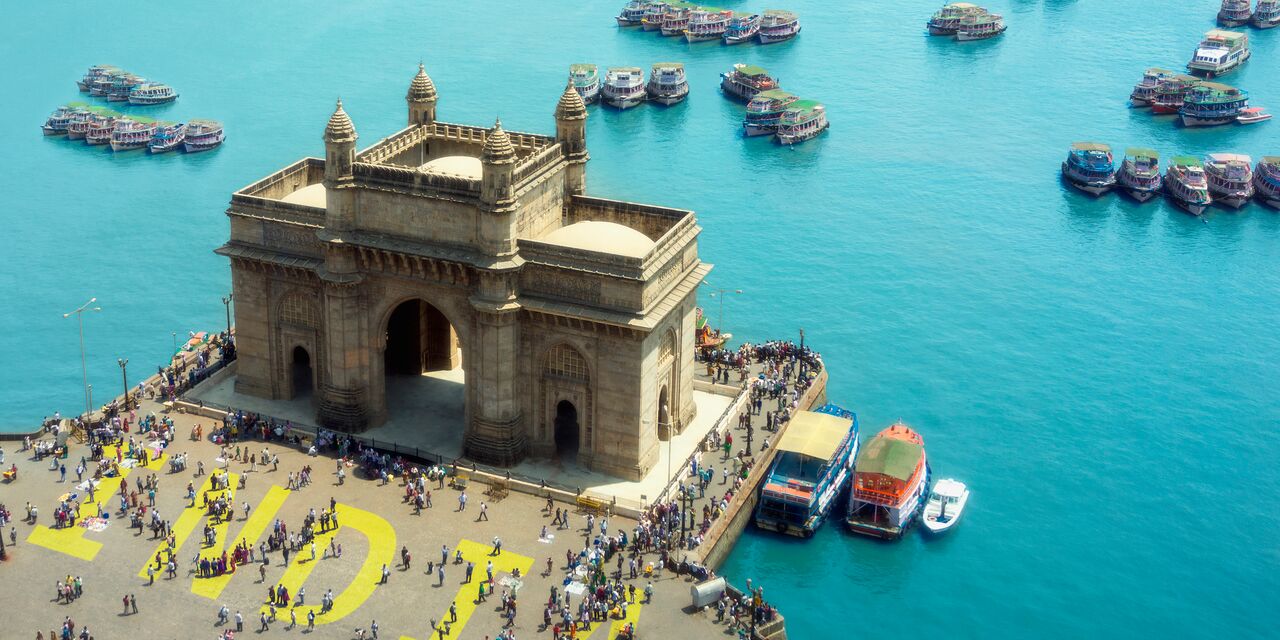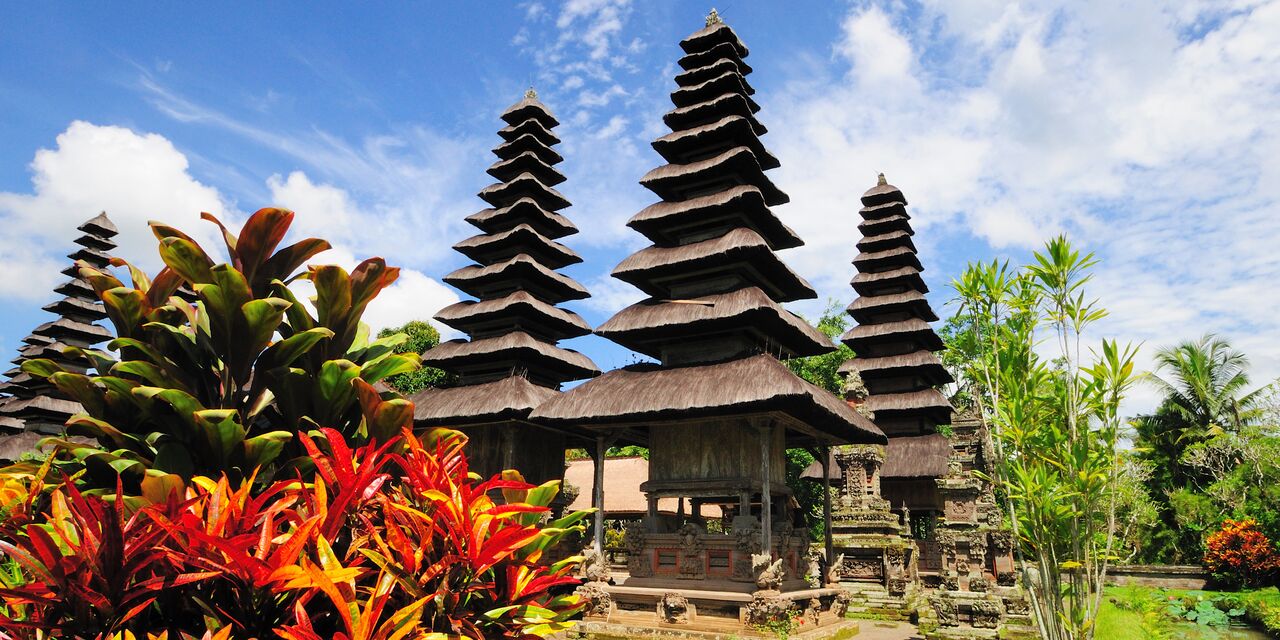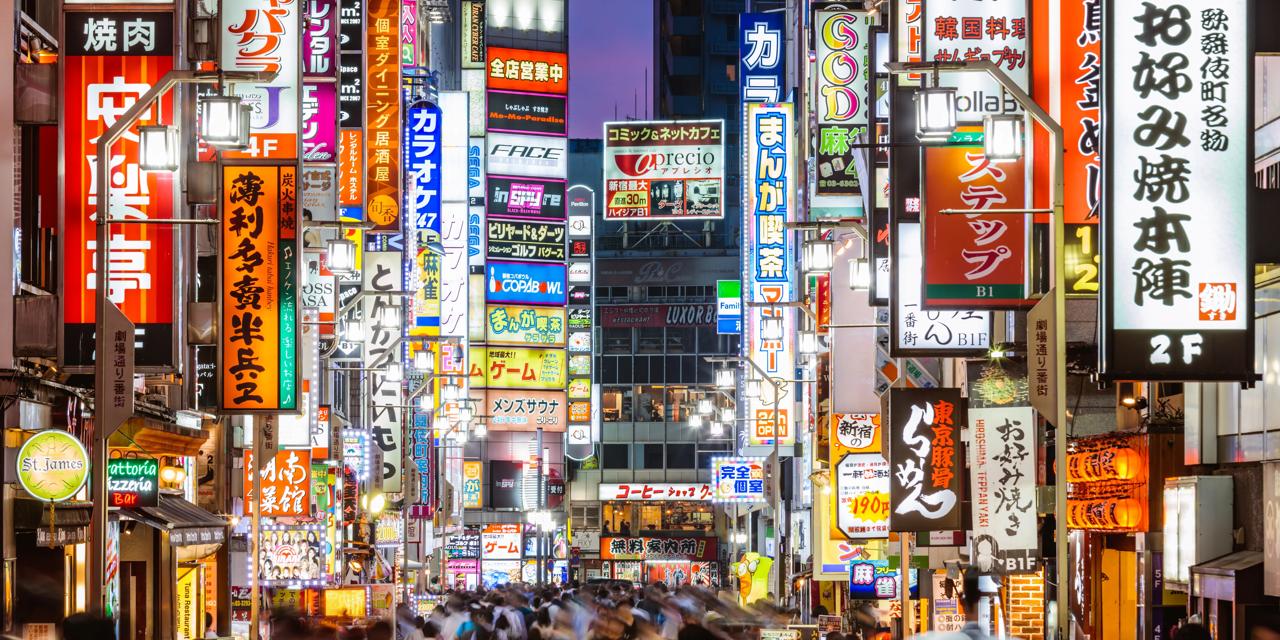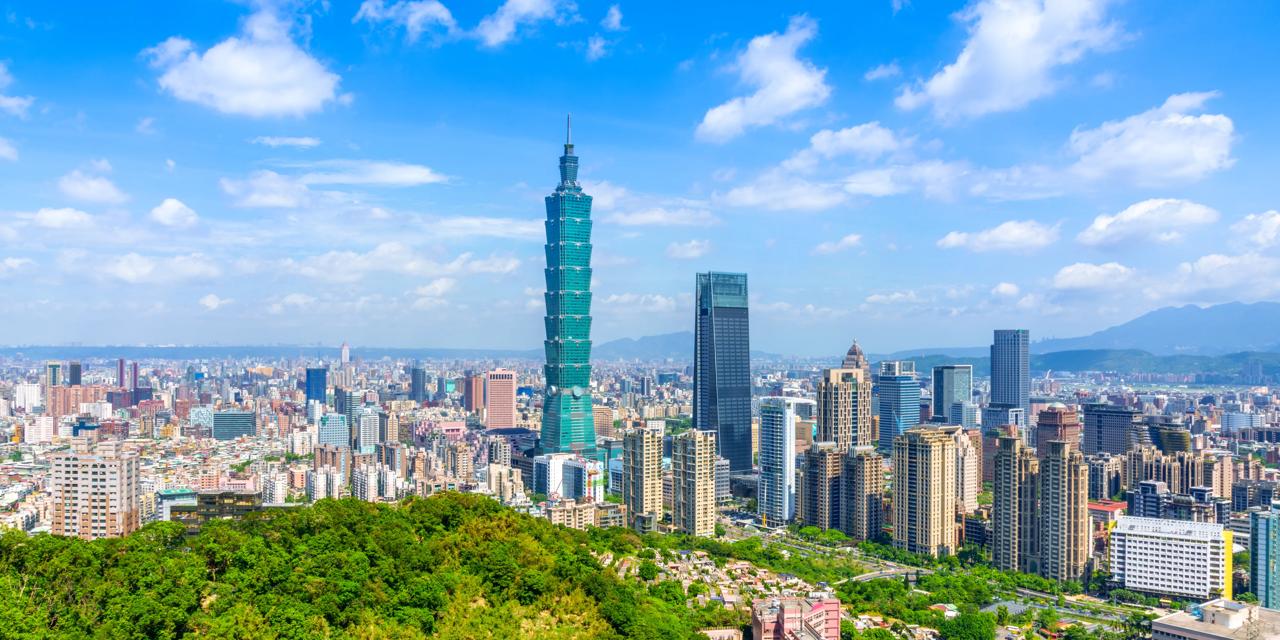Old versus new Baku
The metropolis of the Caucasus, Baku is a city of significant wealth. And that is reflected in the city skyline. In the last few decades, gloomy Soviet patina has made way for the glitz and glamour worthy of a rich oil state. In addition to the towers of medieval fortresses, the outlines of futuristic skyscrapers define the skyline.
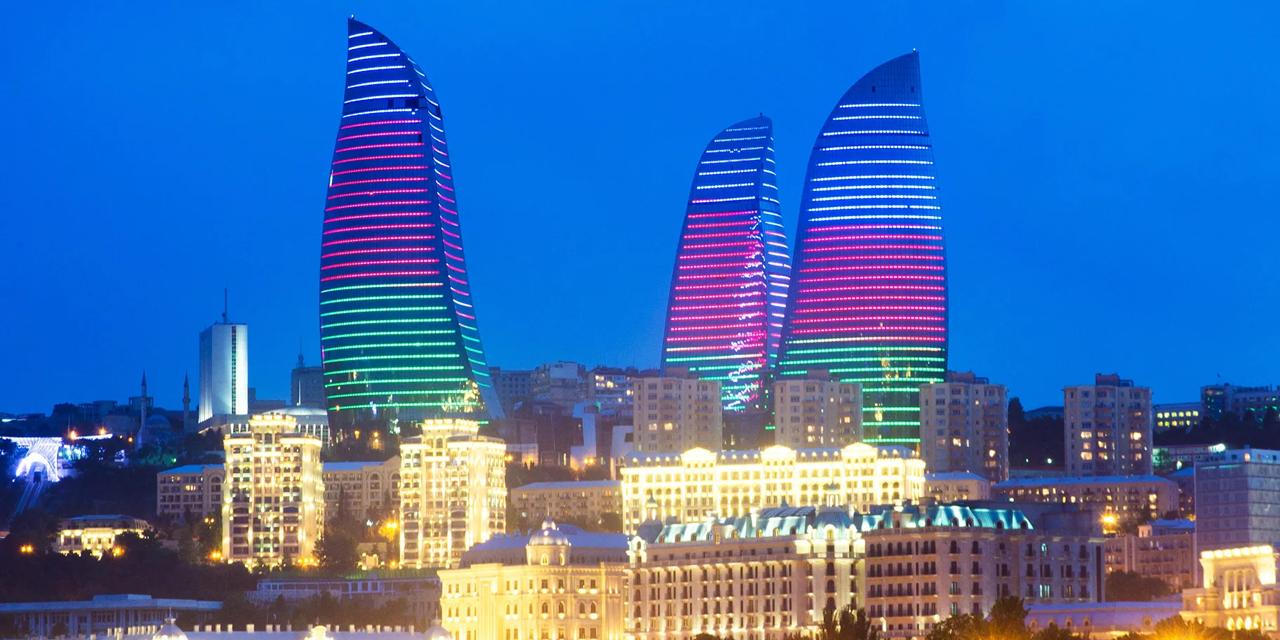
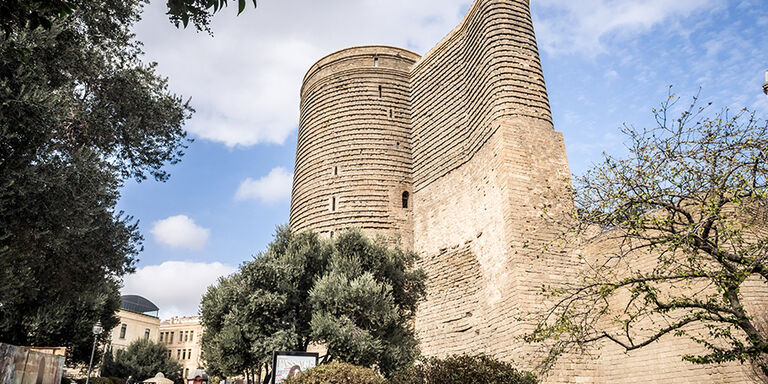
Old and walled
The foundation of Baku is Ichari-Shahar, the historic centre of the city. This is where the Palace of the Shirvanshah was erected in the 12th century A.D. The complex is still an important part of the city’s cultural life, hosting festivals and folkloric dance performances. Another striking structure is the 28-metre-high Qiz Qalasi, also known as the Maiden Tower. Throughout the ages, this structure has served as a watch tower, beacon, astronomical observatory and temple. According to legend, the tower got its name when an unwilling future bride of the shah threw herself from the building into the Caspian Sea.
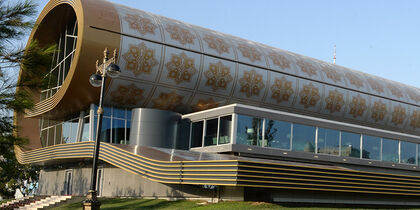
A giant carpet
For many years Baku’s impressive Carpet Museum was housed in an old mosque of the historic city centre. In 2014, the museum was moved into a new building on the boulevard along the Caspian coast. This ‘modern’ part of Baku developed around the start of the last century, when wealthy oil barons built their large mansions here. Since then, the boulevard has grown significantly. Visitors won’t have any trouble finding the new Carpet Museum. Architects designed the building in the shape of an enormous rolled up carpet. The museum displays more than 10,000 artefacts, ranging from magnificent carpets to ancient jewels.
Discover other destinations in Asia
*The displayed prices are for one adult. All amounts are in THB. Taxes and surcharges are included. No booking fee is applicable, but a payment surcharge may apply. Prices shown may vary depending on fare availability.
The weather forecast information is provided by World Weather Online. Air France-KLM is not responsible for the reliability of this data.

